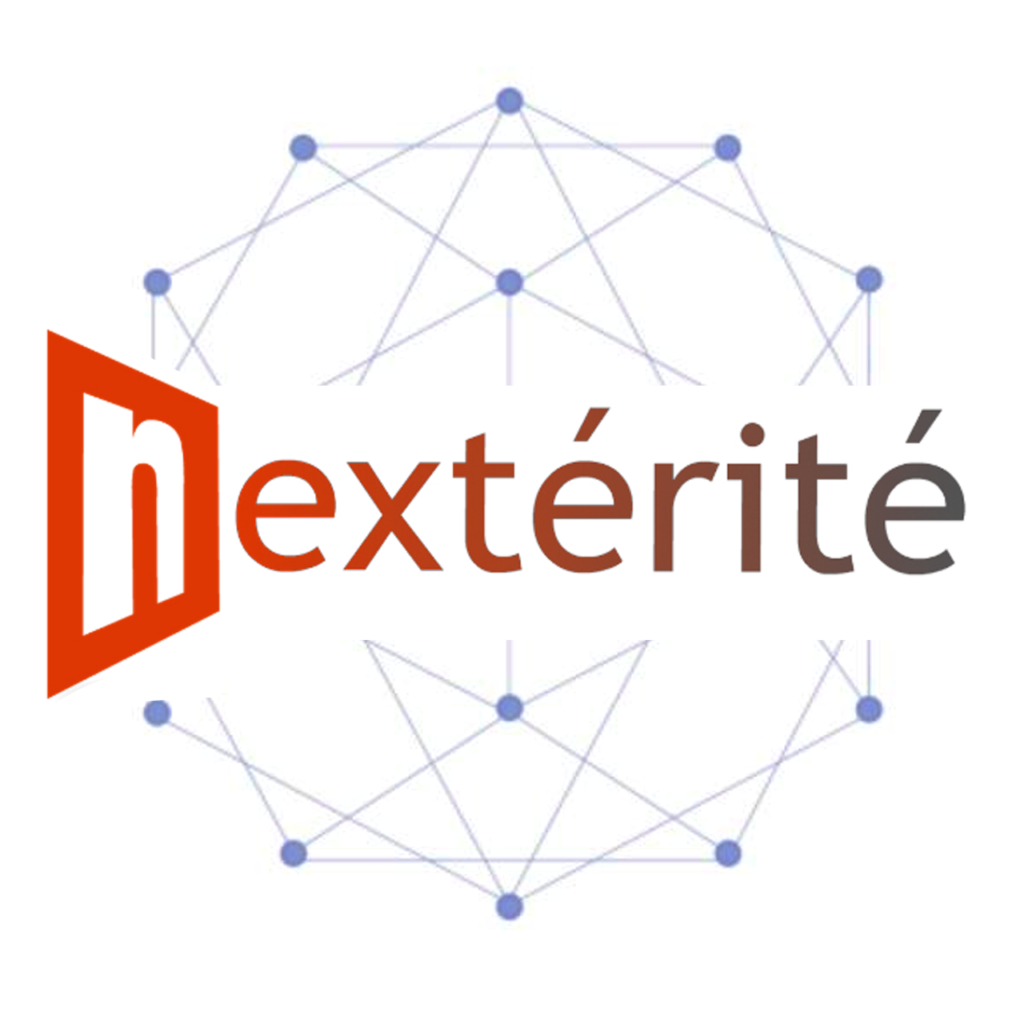We would like to share our thoughts on the ubiquitous concept of Smart City, this city of the future focused on the well-being of its citizens and optimization of public services, in particular through new technologies.
Smart Cities do not exist (yet)
There are many projects under development: the city of Songdo in Korea, Toronto and its smart districts or Masdar City in the United Arab Emirates. But few projects are done and meet their initial objectives. If we take the example of Masdar, the decision-makers have postponed the end of the project planned for 2015 to 2030. They also went back on several initial objectives such as the idea of an energy self-sufficient city.
Cities are currently in the testing phase of these innovations. Today, we’d rather use the term “Learning City” introduced by the recent report from “Across the Block“. The vocation of any Learning City is to become a Smart City.
It’s not size that matters
Large projects emerging from the desert are prototypes competing and examples for the global development of Learning Cities. They are a kind of innovation laboratories. But in reality, cities of the future will be an extension of our contemporary cities. It is therefore important to capitalize on what already exists and not to plead novelty at all costs. First, because novelty has a price. It is always more expensive to create than to improve. Second, because many innovations that are praised one day become obsolete the next. Strategy adopted by cities must therefore be long-term.
The Learning City concept is not just for large cities. Eventually, every city, regardless of its size, can become a “Smart City”. Solutions that are being developed must therefore also be accessible to them.
Big Brother cares for you
People are becoming increasingly aware of the enormous potential of personal data and are concerned about the “big brothers” in the making. The futuristic “Quayside” district in Toronto is a good example: the exploitation of personal data expected in the project has frightened the inhabitants. It led to a protest movement against Sidewalk, Google’s sister company, which finally abandoned the project.
It is therefore essential to generalize good practices and supervision of data use, in order to continue developing the cities of the future.
Infobesity of Data Cities
The current focus of most learning cities is collection of information. The fantasy of the public operator is to know everything, all the time. This ideal has led to a worldwide race to install sensors in cities. However, 3 problems arise:
1) Date are not useful: the Rio de Janeiro’s COR – a world reference as urban operation center – uses only 15% of the data it collects. 85% of the data collected is currently useless for its services.
2) Data don’t have real impact: even when data gives useful information, public services do not always use it because necessary organizational changes have not been implemented. For instance, smart garbage can signal when they are full, but the field has shown that collection teams do not necessarily change their collection routes.
3) High cost: installing sensors requires a heavy investment. Large cities can offer them, but this is a constraint for most cities and their maintenance is also costly.
Start with the needs, not the data
Quality is more important than quantity. This is the model that effective cities are developing today. For example, by equipping themselves with hypervisors that gather reliable and useful data on their territory. There is not only one Learning City model: data collection must be based on needs and not on data. Finally, it is necessary to train public services to use this data. And this requires reorganization, an aspect too often underestimated in innovative projects.
The Smart Citizen, a valuable information source
Local authorities often forget that the first actors in the field are … individuals! They constitute a huge source of data, very useful especially for real-time information. The trick is to know how to use them in a relevant way.
Indeed, information is traditionally transmitted vertically, from the operator to the user. But it is also transmitted horizontally, between users, via collaborative applications. An efficient approach allows to merge these two methods so that one completes the other. This is the operating principle of Nextérité’s solutions, which combine data from users, operators and authorities. This is how information can be exploited in the most optimal way, allowing citizens to become active agents of the collective, using tools made available by operators and authorities.
The secret ingredient: people involvement!
It is important to always put the citizen at the heart of Learning Cities. It is difficult to involve them in projects that do not directly impact them. But they are happy to do so at the city or even neighbourhood level. This participation allows us to understand their needs. It can be developed through solutions that enable citizen participation, often via applications. The Smart Citizen can then lead public services and innovations in an efficient way, always towards their original goal: the improvement of everyone’s living conditions, in the short and long term. Because the Learning City is truly evaluated by the satisfaction of its inhabitants.
Thomas de Nomazy

